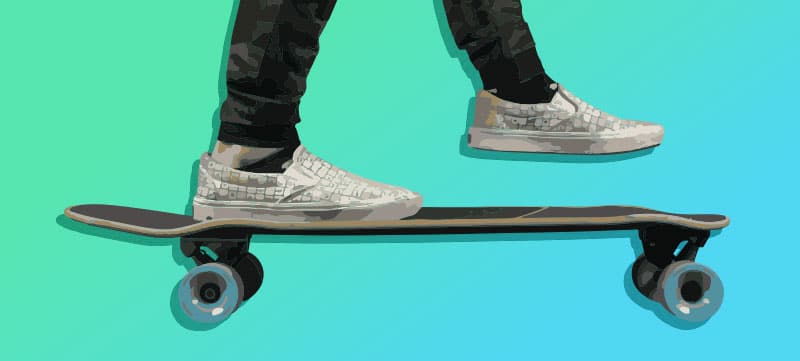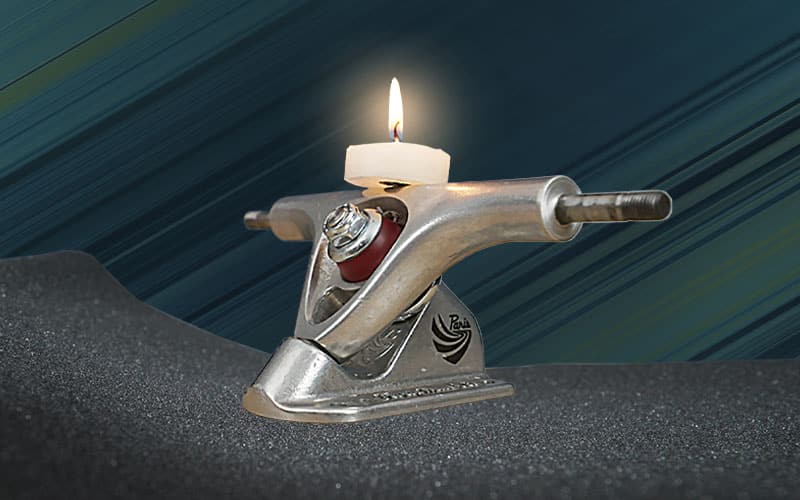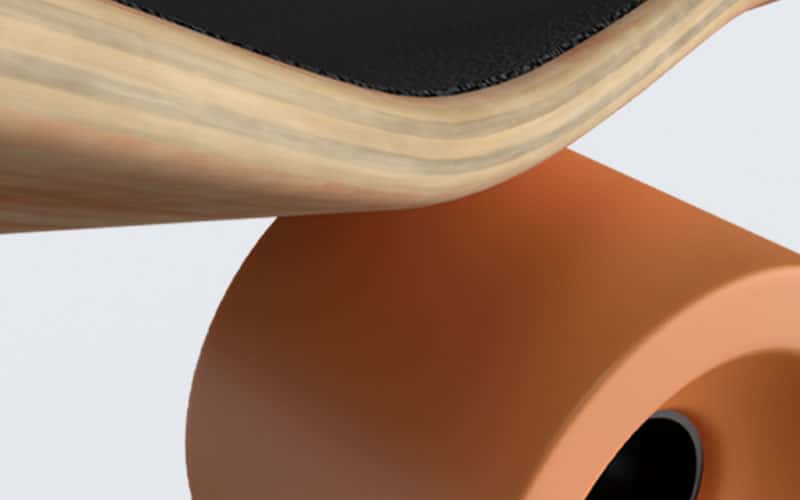Pushing mongo is often seen as the ultimate sin by street skateboarders.
But why? Is it really that bad?
While it has its drawbacks, it can actually be helpful for certain styles.
What Is Pushing Mongo?
Pushing mongo is when you push with your front foot instead of your back foot. If you’re regular, pushing with your left foot is considered mongo, and if you’re goofy, pushing with your right foot.

Why The Hate?
It’s often seen as less efficient/stylish since it can lead to awkward body positioning and limited control. There’s a certain level of pride and emphasis on mastering the fundamentals/ proper techniques, and pushing mongo is often viewed as a sign of not fully understanding those basics.
Cons
Setting up for tricks
If you’re throwing down street tricks, pushing mongo does make it more challenging.
If you push with your front foot, setting up for flip tricks will take longer. When pushing with your back foot, your front foot is already on the deck, ready to throw down.
Hard to control
It’s harder to turn/control your board if your weight is centered over the back truck. When your weight is over the back truck, it reduces your board’s turning radius. Your board’s front wheels have less contact with the ground, resulting in less traction, making it harder to initiate turns.
Those two reasons alone should make you want to avoid pushing mongo, especially if you’re into street skating. Even if it initially feels uncomfortable, push through it because it’ll make your life easier.
But what about other riding styles?
Something like long-distance pushing or downhill.
The first main disadvantage of not being able to set up a trick doesn’t apply. Within these styles, you’re not looking to throw a tre-flip, and the positioning of your front foot isn’t as vital.

Pros
We polled our Instagram followers and got some interesting feedback.
Long Distance Pushing
Pushing both regular and mongo benefits LDP because you can switch back and forth, so you don’t fatigue.
If you go for 10 miles and only push regular, you will get tired. So being able to push mongo is an advantage for long-distance riders.
More Momentum?
From a downhill perspective, a few people mentioned that they could get more momentum by pushing mongo. I’m unsure how accurate this is, but I saw it mentioned a few times and wanted to include it.
Pushing Switch
And finally, if you’re used to pushing mongo, then pushing switch will be easier for you.
Bottom Line
For most riding styles, pushing with your back foot is the better option, especially if you’re just starting.
If you have no intention of doing tricks and you’re comfortable pushing mongo, it’s not a big deal.
At the end of the day, we’re riding a wooden board with wheels; it’s not that serious.
You do whatever’s right for your style.



